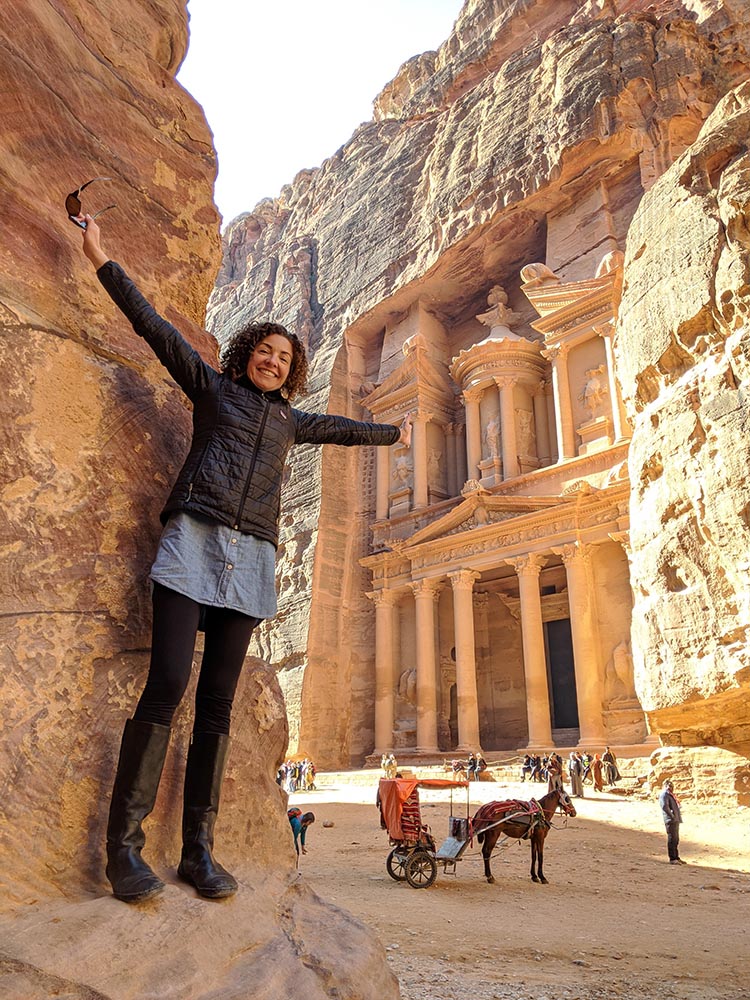A Note from the Editor
cerisemyers
Dear Student,
This textbook is a labor of love, and a work in progress. It was important to me that you have a high-quality textbook, full of accurate information and great pictures, that didn’t cost an arm and a leg. I’m also counting on you to help me determine which parts are most useful to you, where you’d like to see more information, and whether there’s anything that’s unclear or could use more explanation.

In compiling the book, I have drawn heavily on work produced by SmartHistory, an organization founded by two PhD art historians whose names you’ll see a lot in these pages: Dr. Beth Harris and Dr. Steven Zucker. Several chapters also come from Lumen Learning’s online art history course, Boundless Art History. Other material, including photographs, comes from museums and scholars around the world.
Speaking of photographs, the book may feel long, but if you flip or scroll through, you’ll notice it’s mostly pictures. Many of these photographs are by Dr. Zucker—and keep your eyes open for ones by me, as well!
Keeping your eyes open is what Art History is all about. I hope that by the time you complete my ART 100 course, you’ll be able to tell Paleolithic from Neolithic, Romanesque from Gothic, and lots more in between, but what I really want for you is to be a good looker. To take the time to look carefully at a work of art, to identify its formal elements, and to think about the context of its creation. To approach all the imagery you see thoughtfully, and to take those skills of critical thinking and analysis into the rest of your life.
The world is a huge, strange, wonderful, and endlessly fascinating place. As we travel through it virtually this term, I hope you’ll find yourself inspired to travel physically, as well—and that you’ll send me pictures from those journeys. They might even end up in subsequent versions of this book!
–Dr. Cerise Myers
